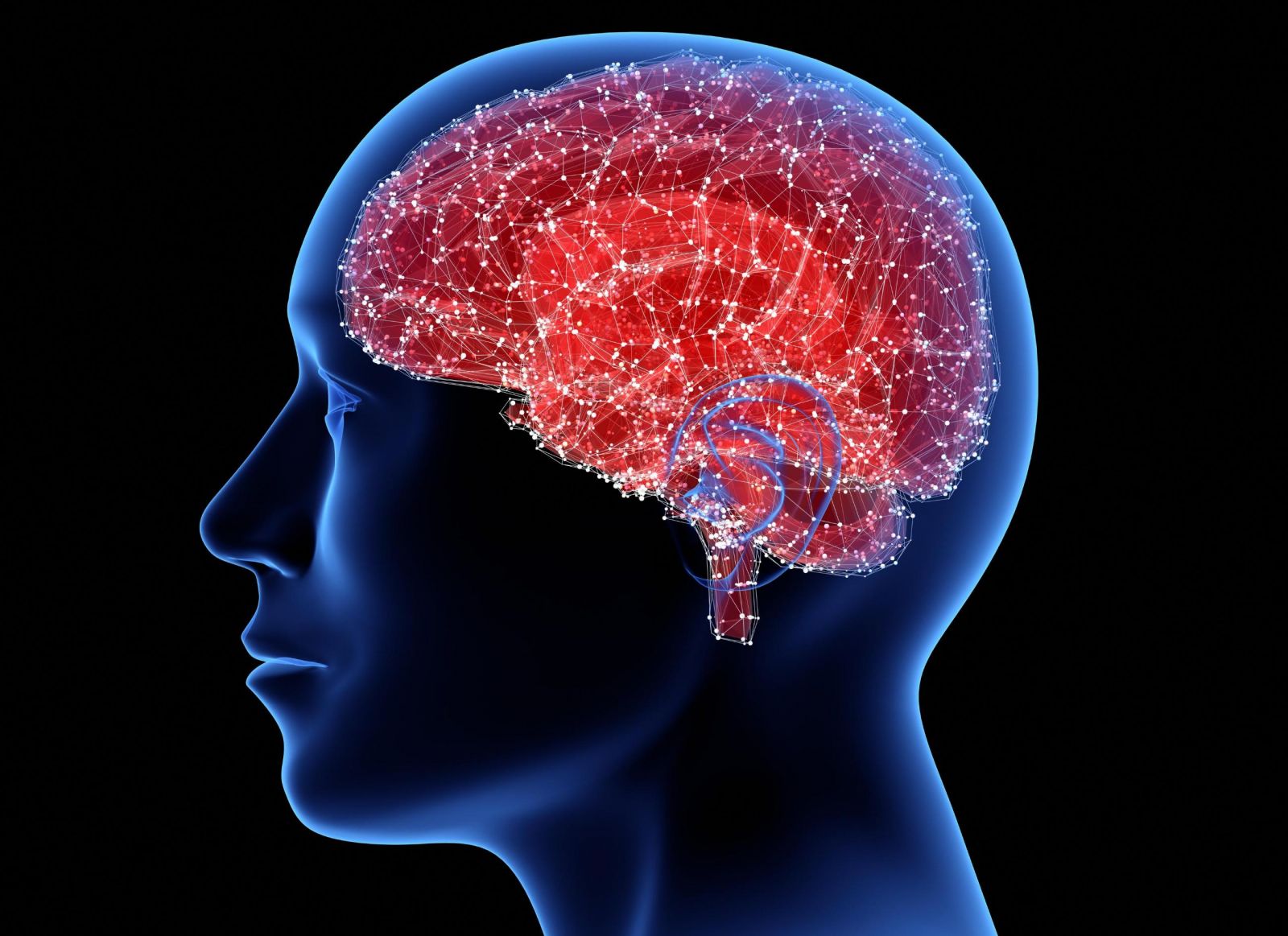‘Rogue’ protein, TDP-43, responsible for many neurodegenerative disorders identified with inhibitors being developed
Source: University of Pittsburgh Mar 01, 2019 6 years, 1 month, 3 days, 8 hours, 43 minutes ago
A single misbehaving protein -- called TDP-43 -- is behind 97 percent of amyotrophic lateral sclerosis (ALS) cases and 45 percent of frontotemporal dementia diagnoses. It also is found in 80 percent of chronic traumatic encephalopathy and 60 percent of Alzheimer's disease cases. Now, University of Pittsburgh researchers have found a way to trap TDP-43 so it doesn't form toxic clumps that can cause neurodegeneration.
A new study, published today in Neuron, shows how TDP-43 pathology can be recreated in the lab, and how an oligonucleotide -- a short strand of RNA -- made to mimic cells' natural protective mechanism can rescue neurons from TDP-43 accumulation.
"The problem is the vast majority of patients with neurodegenerative disorders do not have specific mutations," said senior author Christopher Donnelly, Ph.D., assistant professor of neurobiology and scientific director of the LiveLikeLou Center for ALS Research at the University of Pittsburgh Brain Institute. "Instead of targeting the gene that causes disease in a subset of patients, we're targeting the proteins that clump in nearly all of them. That's never been done before."
First, Donnelly and his team had to reproduce TDP-43 pathology in cultured human cells -- a "disease in a dish" -- so they developed a system that uses light pulses to push these proteins together into poisonous little balls. The method was so effective they could watch the cells die right before their eyes.
Looking closer, Donnelly's team discovered that this technique worked only when the TDP-43 RNA binding partners were missing.
These RNA binding partners lock together with the TDP-43 protein, preventing it from forming clumps. That's what protects normal cells against toxic TDP-43 buildup, Donnelly said.
Taking inspiration from this naturally occurring defense mechanism, Donnelly's team created TDP-43-targeting oligonucleotides that mimic the action of its RNA binding partners.
"We call them 'bait-oligonucleotides,'" Donnelly said. "If you're fishing, you're trying to use bait to trap the fish. In our case, we're leaving the bait there for the extra protein to keep it from clumping together."
And it worked. Baiting the TDP-43 proteins prevented aggregation and kept the cells from dying.
This same "disease in a dish" approach also could be applied to other proteins notorious for their neurotoxic clumps, such as Tau in Alzheimer's and ?-synuclein in Parkinson's disease, Donnelly said. They, too, may have natural "bait" to exploit.
But at this point, Donnelly noted, it's important to remember that any therapy developed in the dish has to be tested in animal experiments and human clinical trials before it becomes widely available.
The encouraging part is that Donnelly's oligonucleotide would not be the first to go through that process.
One such drug, targeting the genetic mutation behind spinal muscular atrophy, is already on the market, and two more for ALS are making their way through clinical trials.
What makes Donnelly's different is that his oligonucleotide would be the first to target protein aggr
egation directly -- an approach that has the potential to help a lot of people.
"It seems to be this same thing that happens in all these diseases," said lead author Jacob Mann, a graduate student in Donnelly's lab. "Why that is, we still don't know, but if we can hit that convergence point and stop it there, we think that would be applicable to a lot of patients."
Journal Reference:
Jacob R. Mann, Amanda M. Gleixner, Jocelyn C. Mauna, Edward Gomes, Michael R. DeChellis-Marks, Patrick G. Needham, Katie E. Copley, Bryan Hurtle, Bede Portz, Noah J. Pyles, Lin Guo, Christopher B. Calder, Zachary P. Wills, Udai B. Pandey, Julia K. Kofler, Jeffrey L. Brodsky, Amantha Thathiah, James Shorter, Christopher J. Donnelly. RNA Binding Antagonizes Neurotoxic Phase Transitions of TDP-43. Neuron, 2019; DOI: 10.1016/j.neuron.2019.01.048
